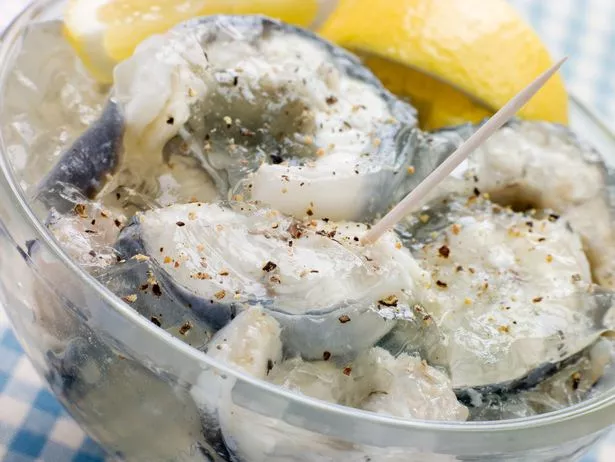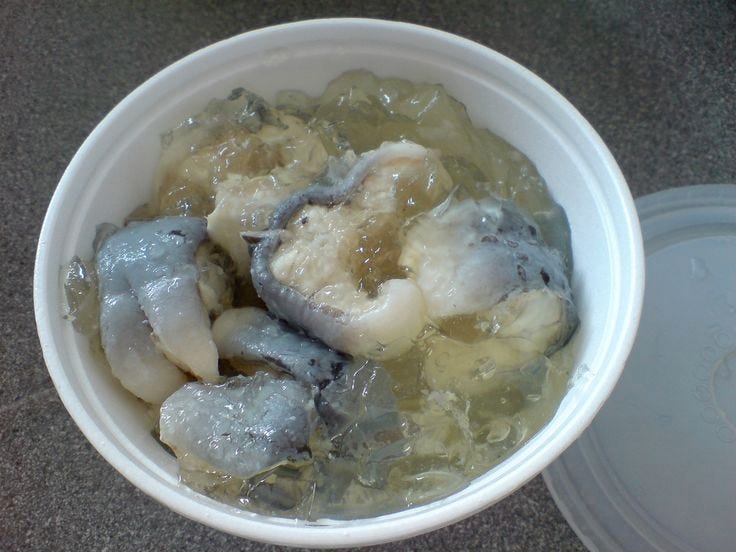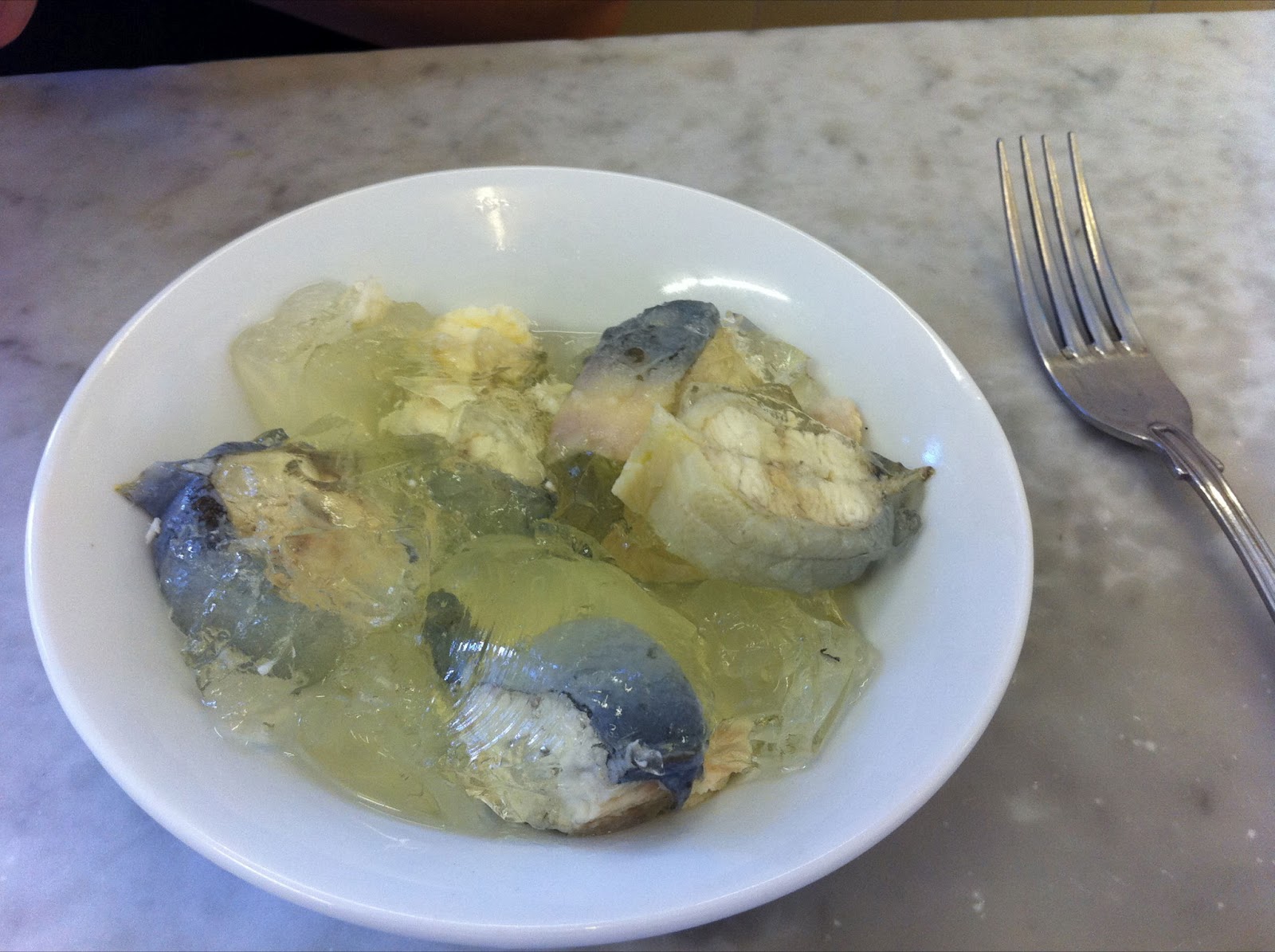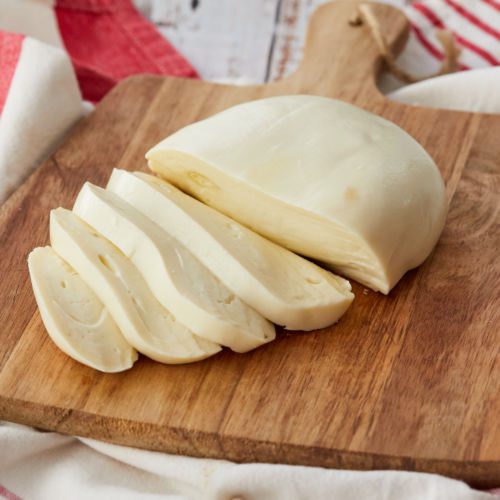Jellied eels are a traditional East End London dish made from chopped eels that are boiled and set in a spiced stock, forming a jelly-like substance when cooled. The taste of jellied eels can be described as a combination of flavors. Some people liken the taste to fishy, briny, and slightly earthy with a gelatinous texture.
The flavor can be influenced by the spices and seasonings used in the preparation, which might include salt, vinegar, pepper, and various herbs. The texture of the dish, due to the jelly-like consistency formed by the cooking process, can also be a significant factor in how it’s perceived.
What are the Characteristics of Jellied Eels?

Jellied eels are characterized by their unique cooking method, resulting in a distinct texture and appearance that contribute to their traditional appeal in certain culinary cultures, particularly in parts of the United Kingdom.
Preparation Method
Cooking Process
Jellied eels are traditionally prepared by boiling chopped eels in a seasoned broth or stock. The cooking process involves simmering the eels along with various ingredients such as onions, herbs, salt, and sometimes vinegar or spices. This simmering allows the eels to release their flavors into the liquid, creating a rich broth.
Ingredients Used
The key ingredients for making jellied eels include fresh eels, typically European eels, which are cleaned, chopped, and cooked in the broth. The broth may contain a variety of ingredients such as water, salt, pepper, bay leaves, malt vinegar, and sometimes gelatin to help achieve the characteristic jelly-like consistency.
Texture
Jelly-like Consistency
After the eels have been cooked and the broth has cooled, it solidifies into a jelly-like substance due to the natural gelatin from the eels and potentially added gelatin. This jelly coats the chopped eels, giving them a unique texture that is somewhat firm yet soft.
Chewiness
The texture of jellied eels is notably different from other cooked fish dishes. The eel meat can be slightly chewy or tender, depending on factors such as the cooking time and the age/size of the eels used. Some parts may have a firmer texture, while others may be more yielding.
Appearance
Presentation in a Dish
Jellied eels are traditionally served cold in a bowl or dish, often with the eel pieces suspended within the jelly-like broth. The dish may be garnished with parsley or other herbs for added visual appeal.
Visual Characteristics
The appearance of jellied eels can vary, but typically, they have a translucent, gelatinous appearance due to the solidified broth surrounding the eel pieces. The eels themselves might be visible within the jelly, displaying their natural color and texture.
How is the Flavor Profile of Jellied Eels Defined?
The flavor profile of jellied eels, therefore, is a blend of fishy, briny, and earthy elements, intricately influenced by the cooking process, seasonings, and spices used.
Primary Taste Elements
Fishy Notes
Jellied eels have a distinct fishiness to their flavor, owing to the eel meat itself. The inherent taste of the eel, when cooked and combined with the broth, contributes to this prominent fishy note. It’s akin to the flavor of other seafood but with its own unique profile.
Brininess
The brininess in jellied eels comes from the seasoning and cooking process. Salt and sometimes vinegar are added to the broth, imparting a slightly salty and tangy quality reminiscent of the sea. This briny aspect adds depth to the overall taste.
Earthy Undertones
Alongside the fishy and briny flavors, jellied eels can have subtle earthy undertones. These earthy notes might arise from the combination of herbs, such as bay leaves or parsley, used in the broth, as well as from the eel itself, which has a naturally rich and earthy taste.
Influence of Seasonings and Spices
Use of Salt, Vinegar, Pepper, and Herbs
Salt is a fundamental seasoning in jellied eels, used to enhance flavors and help preserve the dish. Vinegar, typically malt vinegar, adds acidity and tanginess. Pepper might be added for a hint of spice, while herbs like parsley or bay leaves contribute subtle aromatic qualities to the broth.
Impact on Overall Taste
The seasonings and spices play a crucial role in shaping the overall taste profile of jellied eels. They not only add specific flavors but also help balance the inherent fishiness and richness of the eel meat. The combination of these elements creates a complex but balanced taste experience.
What Influences Perception of Jellied Eels?

The perception of jellied eels varies significantly among individuals, with some embracing its unique taste and cultural heritage, while others might find it unappealing.
Varied Responses to the Taste
Some Find it Enjoyable
Despite its unique taste and texture, there’s a segment of individuals, particularly those with ties to the tradition or a palate accustomed to seafood, who find jellied eels enjoyable. For them, the combination of flavors, including the fishy, briny, and earthy notes, creates a distinctive and appealing culinary experience.
Others May Find it Off-Putting
On the flip side, jellied eels might not resonate with everyone due to its specific taste profile and gelatinous texture. Some individuals, especially those unfamiliar with or unaccustomed to dishes with strong seafood flavors, might find the taste too intense or the jelly-like consistency unappealing, leading them to perceive it as off-putting.
Cultural Significance and Regional Preferences
Historical Context
Jellied eels have a rich historical association, particularly in East End London, where they were once a staple food for the working-class population in the 18th and 19th centuries. Eels were plentiful in the River Thames, making them an accessible and affordable source of nutrition. This historical context lends cultural significance to the dish, preserving it as a part of British culinary heritage.
Regional Popularity and Traditions
While jellied eels might not be as widely consumed today as they were historically, they still hold cultural importance, especially in London and parts of East Anglia. However, regional popularity varies, and preferences for this dish can differ across the UK.
Some regions maintain stronger ties to the tradition and continue to embrace jellied eels as a part of their culinary identity, while others might not have the same cultural attachment or inclination towards this dish.
FAQ’s
How would you describe the taste of an eel?
The taste of an eel can be described as rich, slightly sweet, and reminiscent of other seafood like fish, with a meaty texture.
Why do British people eat jellied eels?
Jellied eels were historically consumed as a cheap and abundant source of food, especially among the working class in areas like East End London.
Can you eat eel slime?
Eel slime is not typically consumed as it is a protective secretion, but the meat of the eel, when properly prepared, is edible.
Is eel sauce fishy?
Eel sauce, a popular condiment in Japanese cuisine, has a sweet and savory flavor with a mild umami taste, but it’s not particularly fishy despite its name.
Why do eels have slime?
Eels produce slime as a protective layer against parasites, bacteria, and to aid in movement through water, reducing friction.
Are jellied eels salty?
Jellied eels can have a slightly salty taste depending on the preparation, but the saltiness varies and may not be overpowering in all recipes.
Final Words
In conclusion, jellied eels offer a unique taste experience, with flavors characterized by a combination of fishy, briny, and earthy elements. Some people enjoy this traditional British dish for its distinctiveness, while others might find its taste and gelatinous texture less appealing. The dish holds cultural significance, especially in areas like East End London, where it was once a common and affordable meal for the working class. However, regional preferences vary, and while it remains a part of British culinary heritage, its popularity differs across the UK. Ultimately, the perception of jellied eels is subjective, with some cherishing its cultural importance while others may not favor its taste or texture.











